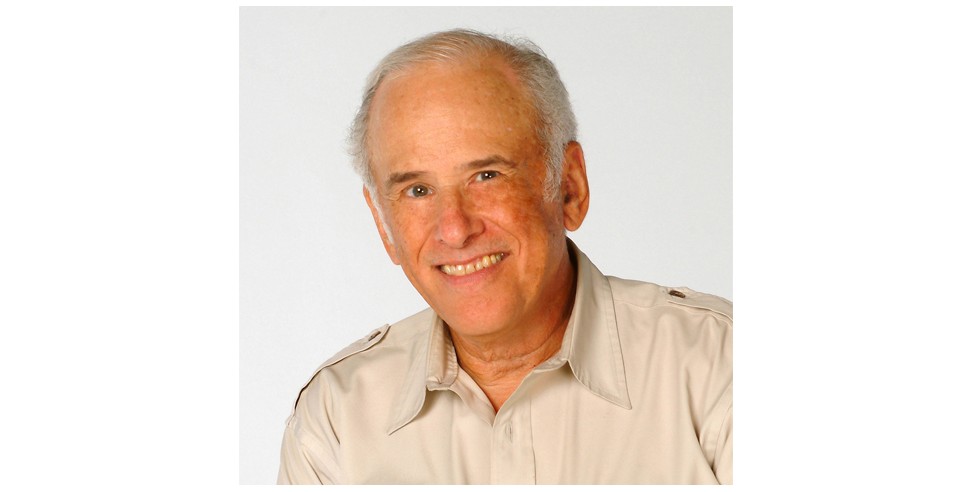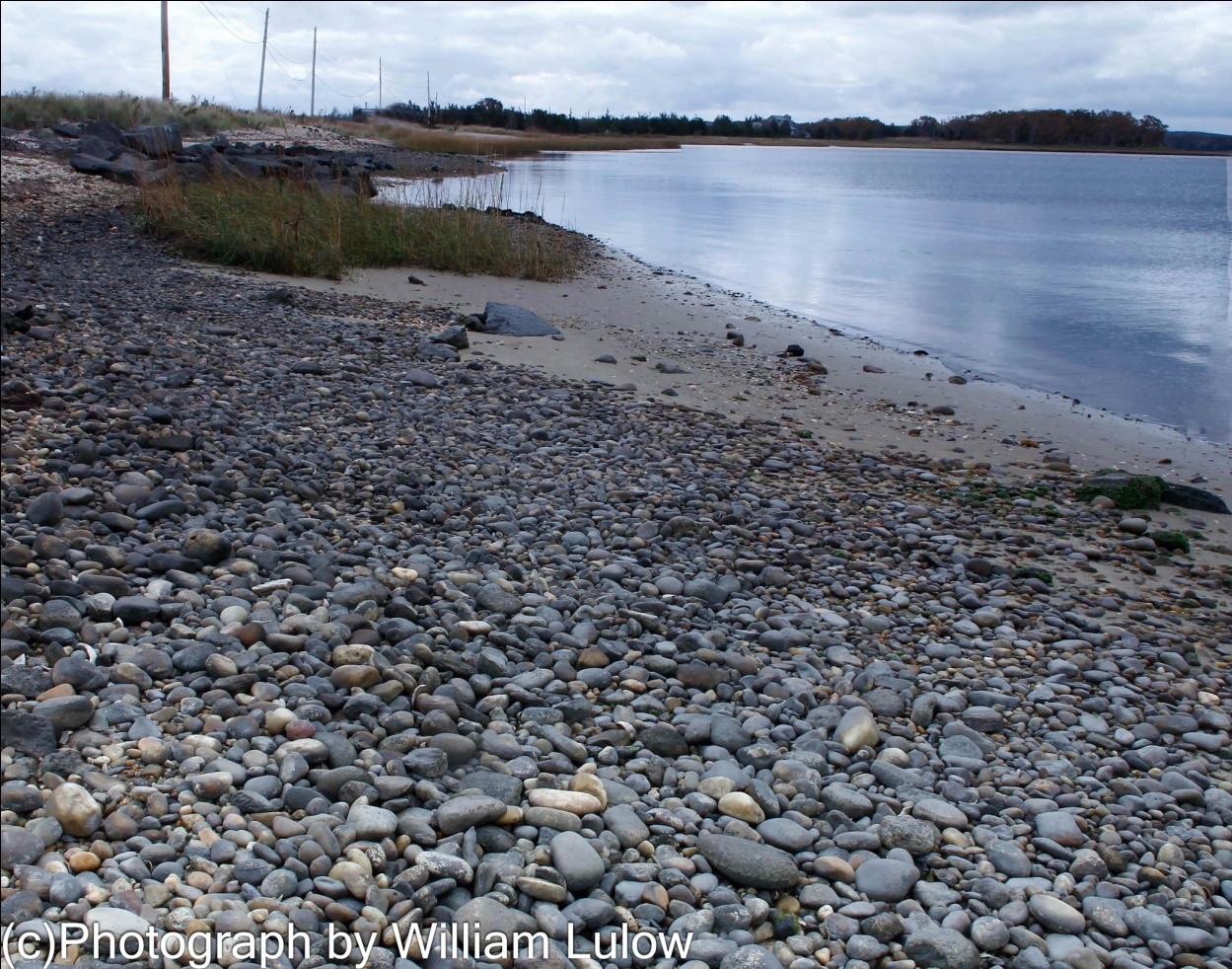
A “wide angle” lens is one where the elements are put together to bend light rays so that the image created encompasses more of the scene. The angle of view is anywhere from a “fisheye” (almost 180 degrees) to roughly 35-40mm (for a full-frame 35mm camera) where the angle of view is around 65-85 degrees. This type of lens will yield an image that shows most of the scene in front of the camera.
Wide angle lenses do several things:
- They show most of the scene
- They tend to render objects further away and thus smaller in the frame
- They can distort objects that are close to the lens
- They increase depth-of-field by expanding distances
- They sometimes create vignetting at the edge of the frame
You can use a wide angle lens in several circumstances:
- When you want to show a large part of a scene
- When you want everything in the scene to be sharp
- When you want to distort a particular part of a scene
- When you are shooting a large group
- When you are shooting a big landscape
When I shoot landscapes, I prefer to use a wide angle lens and focus on the foreground. One of the characteristics of wide angle lenses (as noted above) is their superior depth-of-field. So, to give my landscapes that sense of infinite focus, I use a wide angle lens and focus on the foreground. Here is an example:

In this shot, I concentrated on the foreground and let the background just fall off. The important part of the shot was the grasses and water in the front. The depth-of-field would be taken care of by the lens opening (in this case f/16) and the wide angle lens. Background detail becomes less important because it is reproduced very small in contrast to the foreground.
When shooting with this lens (20mm f/2.8), I always concentrate on the foreground because details in the background would usually be too small to see really clearly anyway. When I did this kind of scene with a view camera on film, I could adjust the controls (swings & tilts) to create infinite focus with almost any lens. This cannot be done with a digital camera, so, since objects that are closer to the camera appear larger, it’s better to focus on them. When working with a wide angle lens, you usually want to have the foreground as sharp as possible. Sometimes the foreground can be rendered soft on purpose (such as when you want to concentrate on a subject in the middle of the scene). In that case, the foreground is not as important as the main subject and the soft focus can force the eye to concentrate on it.

In this image, the rocks in the foreground serve to help frame the image and because they are closest to the camera, they actually become the main subject.
Wide angle lenses make you think more about what you want to show in a scene. Keep in mind the items above and do some experimenting to see what kinds of results you can achieve.









